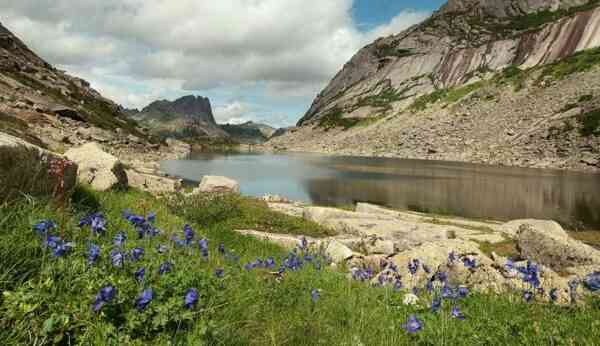The boundless expanses of Eastern Siberia occupy a fair share of all of Russia. Once these lands were conquered by brave pioneers, but even now representatives of many peoples live here who settled on the Siberian lands long before the arrival of the first colonialists from the European part of the Russian Empire. The nature here is indescribably beautiful, the climate is harsh, and the people are strong and courageous.
Interesting facts about Eastern Siberia
- Most of the East Siberian expanses are occupied by taiga forests (interesting facts about the taiga).
- The area of Eastern Siberia is approximately 8 times larger than the area of the whole of France.
- Krasnoyarsk is the largest among all Eastern Siberian cities.
- It is in Eastern Siberia that the largest rivers, the Lena and Yenisei, flow.
- About 80% of the entire area of Eastern Siberia is occupied by coniferous forests.
- The natural diversity in these parts is amazing. In the East Siberian region, there are impenetrable forests, and endless tundra, and dry steppes, and arctic deserts.
- In some parts of Eastern Siberia, in particular, in Yakutia, the difference between the maximum temperature in summer and the minimum temperature in winter can reach 100 degrees.
- Several dozens of huge nature reserves and cultural parks are located in the East Siberian territories.
- About half of all trees in Russia grow in Eastern Siberia.
- It is here that the largest Russian diamond deposit is located.
- The deepest freshwater lake on Earth, Baikal, located in the south of Eastern Siberia (interesting facts about Baikal).
- In winter, in the mountainous regions of East Siberian Yakutia, the temperature drops to -70 degrees, which makes it the coldest region in the world in which people live permanently.
- Snow in some parts of Eastern Siberia lies for 8-9 months a year.
- The world’s first fossil dinosaurs with feathers were found right here, in Transbaikalia.
- The average annual temperature in the south and north of Eastern Siberia differs by 15 degrees.
- On average, there are more sunny days in this region than in the European part of Russia.
- Located in Eastern Siberia, the Irkutsk region is the largest region of Russia that does not have direct access to the sea.
- It was in Eastern Siberia that the famous Tunguska meteorite once crashed, one of the greatest world mysteries that has not been solved so far.
- In 1971, snow fell here, consisting of the largest snowflakes, when – either discovered. Their diameter exceeded 30 centimeters.
- In some places in Eastern Siberia, permafrost goes down to a depth of 1.25 kilometers.
